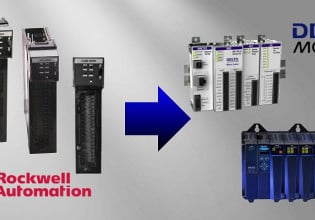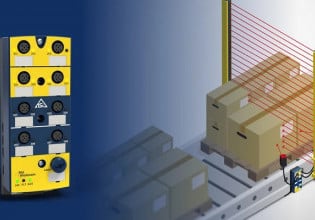Listening for Defects in Laser Powder Bed Fusion (LPBF) Created Components
EPFL researchers have pioneered real-time defect detection in Laser Powder Bed Fusion using acoustics and X-ray data with adaptive filtering. This research is expected to enhance laser-based additive manufacturing.
Researchers at the École Polytechnique Fédérale de Lausanne (EPFL), a public research university in Lausanne, Switzerland, have developed a method for detecting defects in the real-time production of Laser Powder Bed Fusion (LPBF) created parts. The technique features a sensitive microphone, X-ray data, and an adaptive filter that processes these data sets, looking for anomalies.

Research from EPFL demonstrates the effectiveness of acoustic monitoring in detecting defects in laser additive manufacturing. Image used courtesy of EPFL
What Is Laser Powder Bed Fusion (LPBF)?
Laser Powder Bed Fusion (LPBF) is an additive manufacturing technique that produces three-dimensional shapes, typically from metals. Unlike 3D printing, LPBF uses a powdered metal feedstock instead of plastic filament. A bed of powdered metal is placed on a movable stage, and a laser is rastered across the surface of the powder, selectively melting it and allowing it to solidify based on an engineer’s design. Depending on the configuration, the bed or the laser may move in the z direction after the laser has completed a layer, and the laser rasters the next layer.
Common Defects in LPBF Manufacturing
Any time a process introduces a phase change of a material, numerous problems can arise. LPBF has some neat advantages as a production method, but the melting of an uncompressed powder is complex.
Low or variable packing factor or particle size distribution of the powder can lead to inconsistencies in the heating and melting of the particles, meaning some particles can be vaporized while others do not fully melt. These inconsistencies can lead to solid inclusions, porosity, and other problems. Solid inclusions can lead to problems in a component’s final design. Porosity can make the difference between a high-quality component and scrap.
One of the most common defect sources is the molten metal pool reaching deeper than expected, which can be caused by the laser penetrating deeper than needed or when more heat is applied than necessary. This defect can lead to porosity due to solidification shrinkage, vaporization of smaller particles, and other mechanisms.

Researchers at EPFL were able to match defects with X-ray and acoustic sensors in LPBF parts. Image used courtesy of EPFL
Acoustic Monitoring for Defect Detection
EPFL researchers recently discovered a method for detecting defects using acoustics. The researchers used acoustic sensors and X-ray data to determine where defects are left behind in near real time. An ultrasensitive microphone in the production chamber detected small variations in sound while the sample was bombarded with X-rays during production.
From there, the two data sets were compared to develop an adaptive filter. This approach was able to correlate sound anomalies with pores in the finished product. According to Swiss Federal Laboratories for Materials Science and Technology signal processing expert Giulio Masinelli, “This filtering approach allows us to discern, with unparalleled clarity, the relationship between defects and the accompanying acoustic signature.”
Unlike machine learning algorithms, which tend to take big data sets and focus on very specific criteria, adaptive filters are much broader and can be applied in more circumstances. The adaptive filters will be much more flexible, detecting defects in all sorts of LPBF part geometries. The magic of this detection system is in the adaptive filter design.
The Future of Laser Additive Manufacturing
LPBF is still a young, developing manufacturing technique. It has been plagued with defects in the past, though the technology is maturing. With new methods to detect and correct defects in real-time, the utility of LPBF will grow, making new, hard-to-manufacture geometries possible and defect-free.






